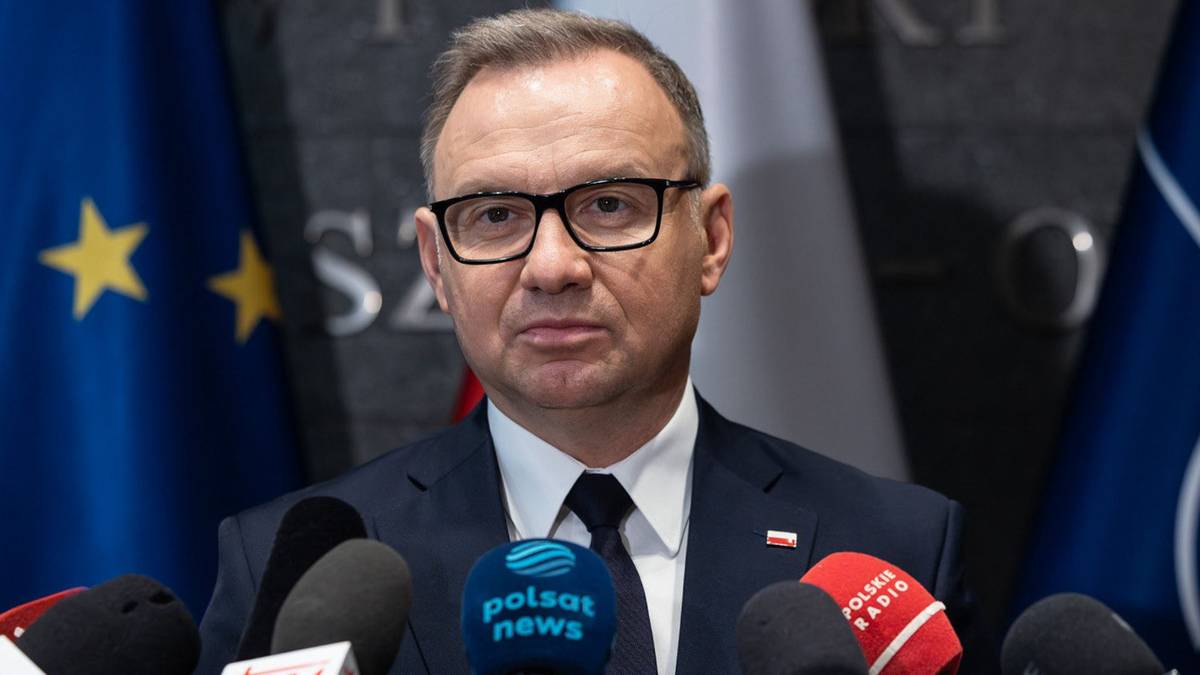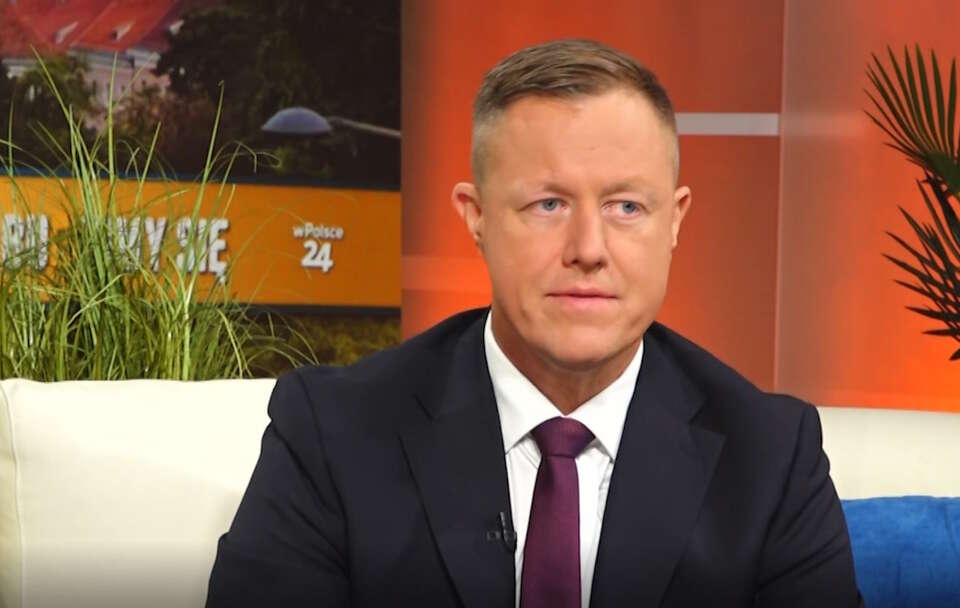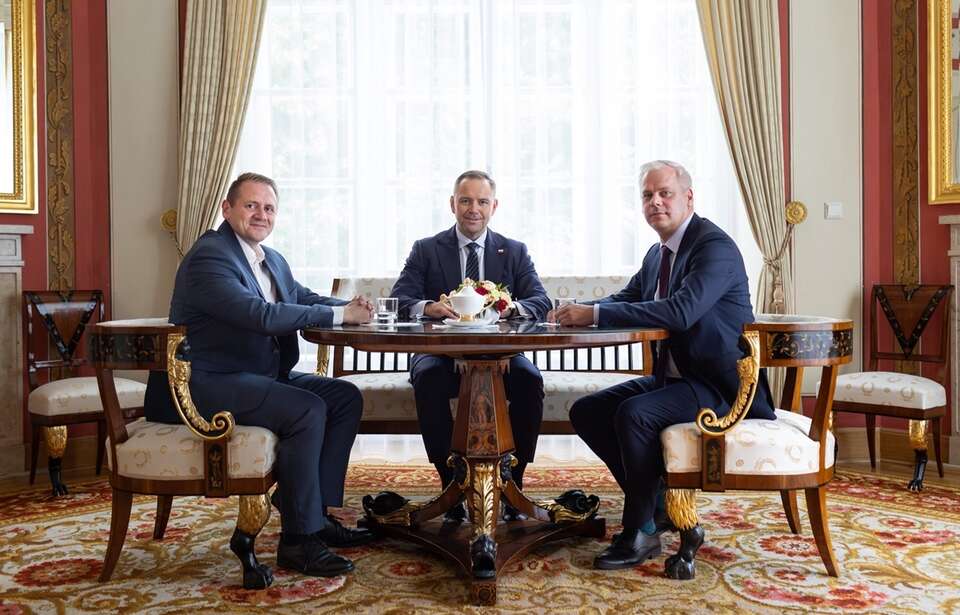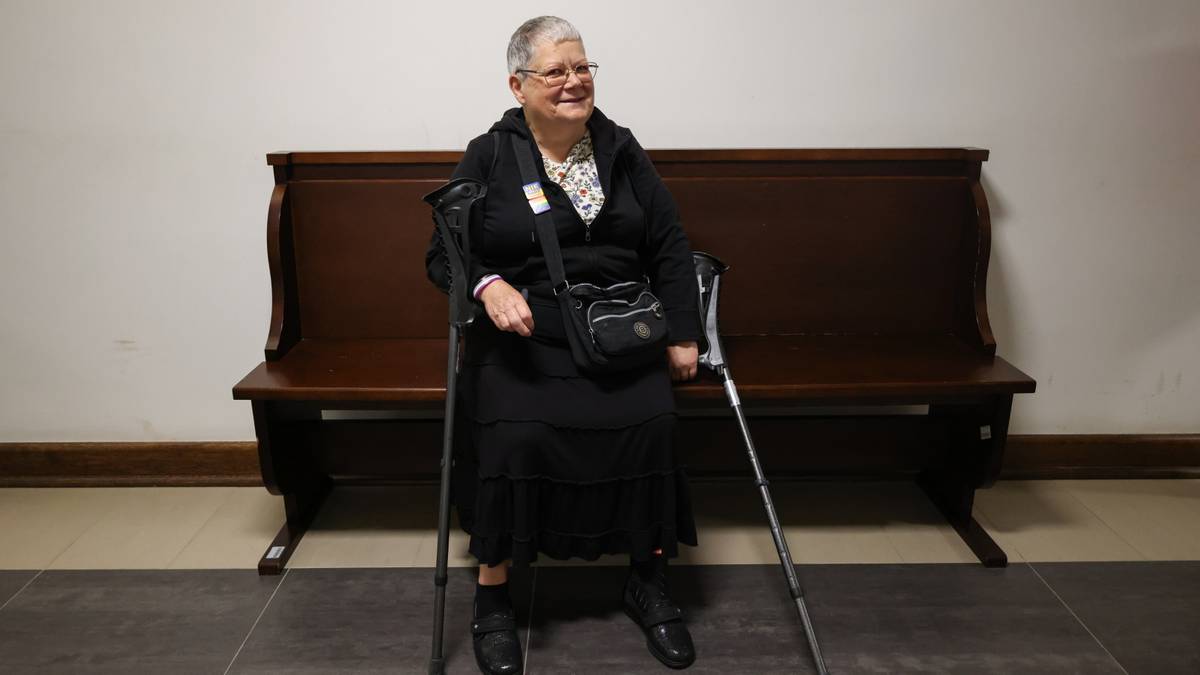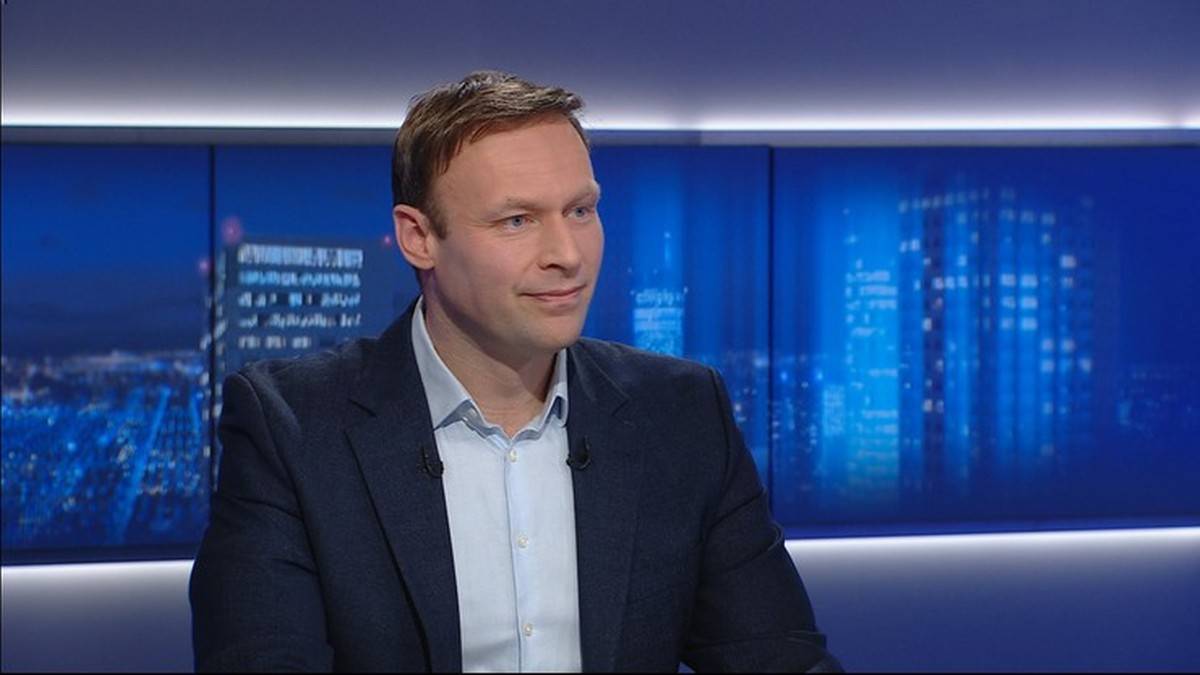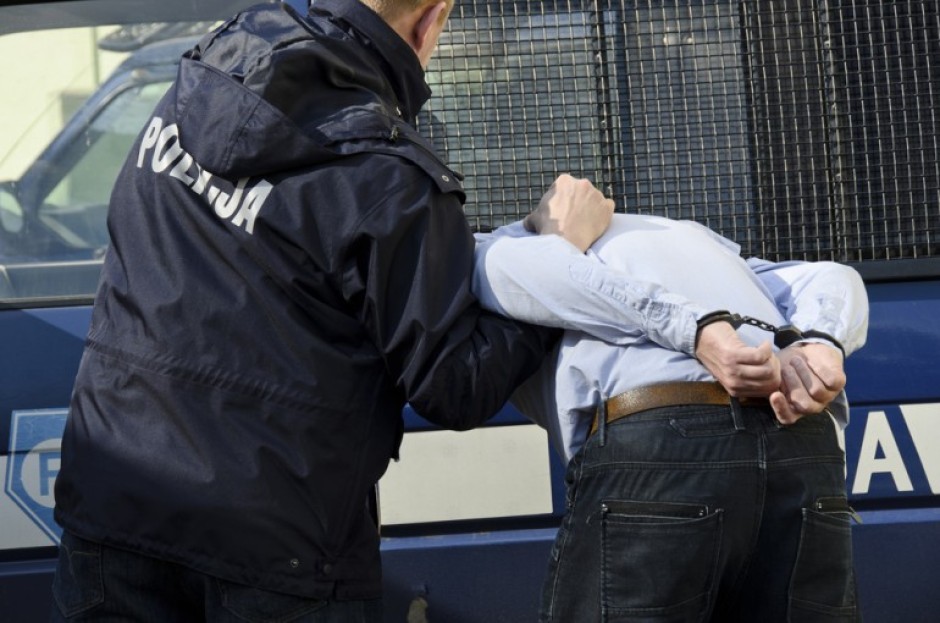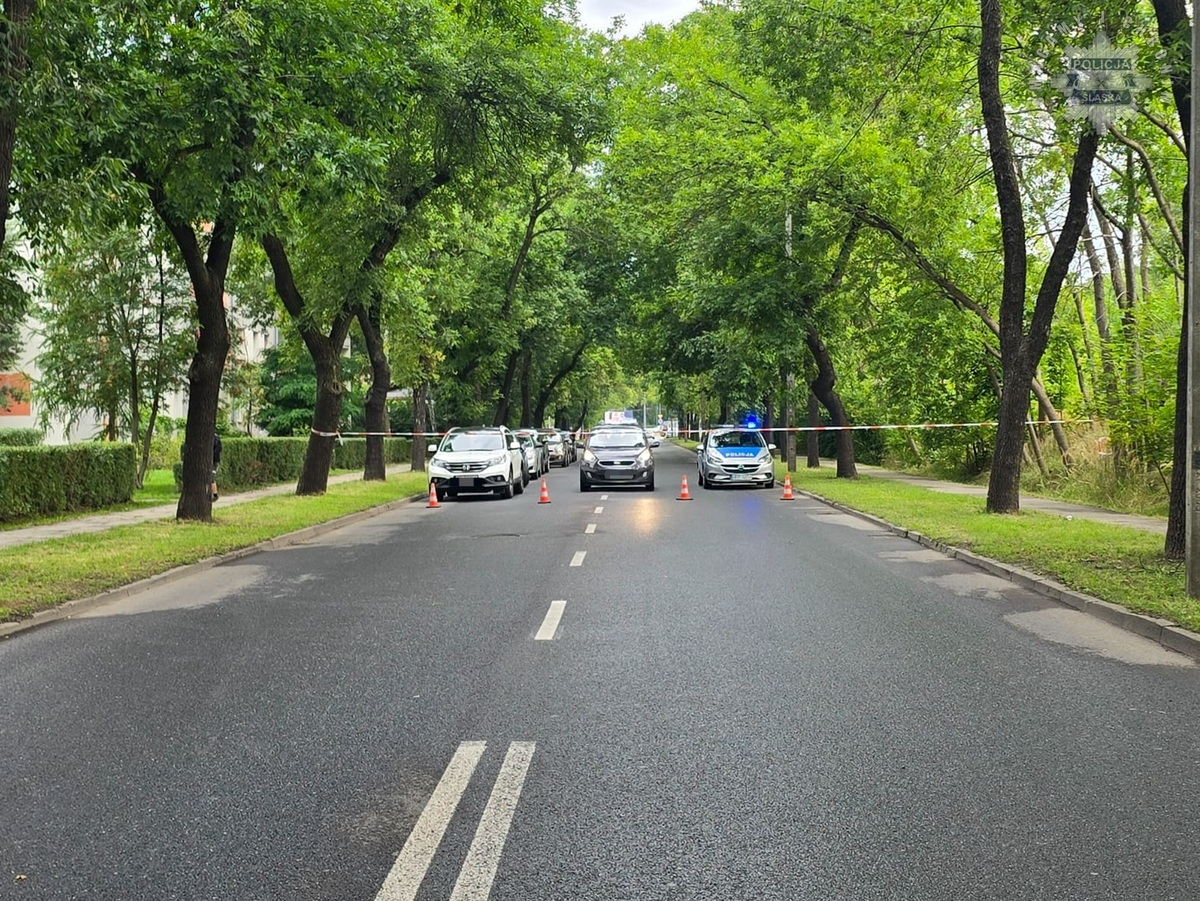Britain's biggest police force is set to more than double its use of live facial recognition technology to up to 10 deployments a week. The Metropolitan Police announced the expansion as part of a major restructure designed to cope with the loss of 1,400 officers and 300 staff amid severe budget shortages.
The overhaul will see officers moved to strengthen the force's public order crime team, which faces increased demand from protest-related crimes over the past two years. The squad will grow from 48 to 63 officers due to rising numbers of demonstrations, particularly those related to Israel and Palestine, as well as environmental issues.
Protest numbers surge across London
Force chief Sir Mark Rowley told PA: "The numbers of protests have grown over the last couple of years. We don't have any powers that are there to reduce the number of protests, to cancel them."
He added that whilst laws are "very permissive and encouraging of protests", which he supports, "what we've seen, unfortunately, is a proportion of those create crime and offences". The Met's latest restructure details reveal that live facial recognition will now be deployed up to 10 times per week across five days, up from four times weekly across two days.
Technology delivers 1,000 arrests
Earlier this month, the Met revealed it had made 1,000 arrests using live facial recognition technology to date, with 773 leading to charges or cautions. However, civil liberties groups have raised serious concerns about the expansion.
Charlie Whelton, policy and campaigns officer at Liberty, said: "It's incredibly concerning to see an expansion of facial recognition, especially at a time when there is a complete lack of regulation governing its use." He warned that technology with the potential to scan and identify millions of people needs robust safeguards and proper independent oversight.
Police chief defends responsible use
Sir Mark insisted the technology is used responsibly, targeting only serious offenders including wanted criminals and registered sex offenders. "We routinely put it out there and capture multiple serious offenders in one go, many of whom have committed serious offences against women or children, or people who are wanted for armed robbery," he said.
The police chief described it as "a fantastic piece of technology" that is "very responsibly used", claiming most of the public support its deployment. Officers are also being moved to neighbourhood teams to tackle street crime including phone thefts, anti-social behaviour and shoplifting.
West End gets crime boost
Eighty officers have been moved to the team covering the West End, representing a 50 per cent increase. This follows warnings from retailers last month that flagship high streets such as Oxford Street face serious risks without urgent national action on crime.
Shoplifting hit a record high in 2024, with offences surpassing 500,000 for the first time. High Streets UK, representing 5,000 businesses, has called for wider action to tackle all types of crime affecting high streets.
Economic impact drives response
Sir Mark highlighted the West End's economic importance, noting it "generates £50 billion for the UK economy" and is "an enormous wealth generator". The enhanced policing will include street patrols targeting pickpockets and officers tackling gangs plotting to rob shops.
Another 90 officers are moving to neighbourhood teams covering six robbery and theft hotspots: Brixton, Kingston, Ealing, Finsbury Park, Southwark and Spitalfields. The Met is Britain's largest police force, with 33,201 officers, 11,319 staff, 1,460 police community support officers and 1,127 specials as of February.
Sir Mark warned in April that the force faces a £260 million budget shortfall, with cuts removing the Royal Parks police and dedicated schools officers as a result.
(PA) Note: This article has been edited with the help of Artificial Intelligence.

 18 godzin temu
18 godzin temu

